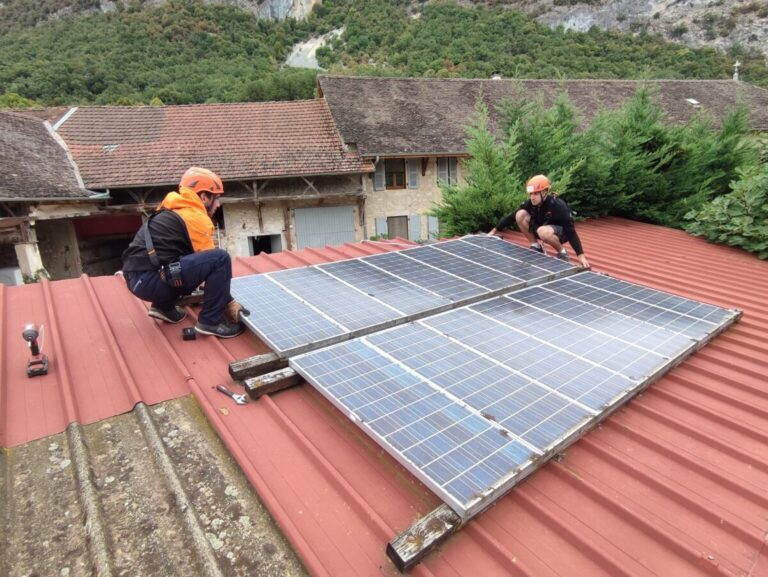New tests carried out on France’s oldest PV system have shown that the solar panels can still deliver performance values in line with what the manufacturers promised.
The French association Hespul was founded in 1991 setting up the first photovoltaic installation connected to the national network in France. After the inauguration of the Phébus 1 power plant on June 14, 1992 in Ain, Hespul decided to expand its activity to promote photovoltaic energy in France, which was virtually non-existent at that time.
The association has now revealed that around 10 m2 of the panels, equivalent to around 1 kW, were dismantled from the system last year and subjected to a series of tests according to international standards.
The panels were placed in a dark room at a controlled temperature and exposed to a 1000 W/m2 light flash to measure their maximum instantaneous power. This value was then compared to their factory measurements.
The tests were made possible through corporate sponsorship by France-based certification body Certisolis and French solar specialist Isowatt, who carried out the panel sealing and disassembly/reassembly respectively.
The tests showed that after 31 years of use, the modules still produce an average of 79.5% of their initial power. A previous test conducted eleven years ago found that the panels produced 91.7% of their initial power. “This result exceeds the performance promised by the manufacturers who said the panels would have retained 80% of their production after 25 years,” Hespul said.
The performance decline averages 20.5%, or 0.66% per year over 31 years, and 1.11% per year over the past 11 years. For the same set of modules, two categories were observed: a part whose performance decline is very significant after 20 years (1/3 of installed modules): on average 33.9% over 31 years, or 1.09% per year. And another one whose decline remains in line with the 2012 tests: an average of 13% over 31 years or 0.42% per year.
“These results confirm those of several scientific studies referring to this subject,” the association continued, such as the TISO-10 (TIcino SOlare) PV system, which was connected to the electricity grid in Switzerland in 1982. The tests conducted on the Swiss system revealed performance differences between modules, which were attributed to additives in the encapsulants supplied by three different manufacturers.
Another more recent study, conducted by the US Department of Energy’s National Renewable Energy Laboratory (NREL) at 1,700 US sites with a total capacity of 7.2 GW, showed an average degradation of approximately -0.75%/year. Furthermore, another study focused on 4,300 residential installations operating in Europe, using different data processing methods. Depending on the methods, a median loss of -0.36% to -0.67%/year was achieved.
This content is copyrighted and may not be reused. If you would like to collaborate with us and reuse some of our content, please contact: editors@pv-magazine.com.


